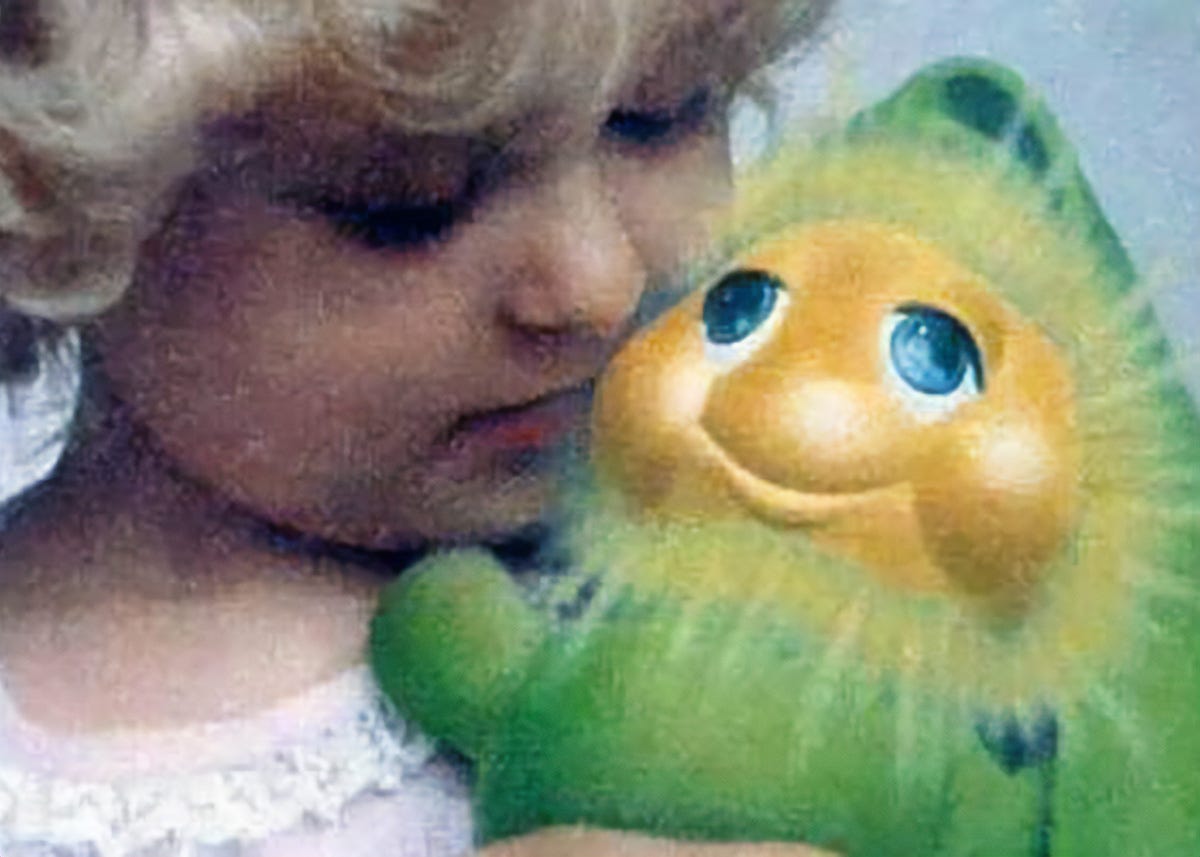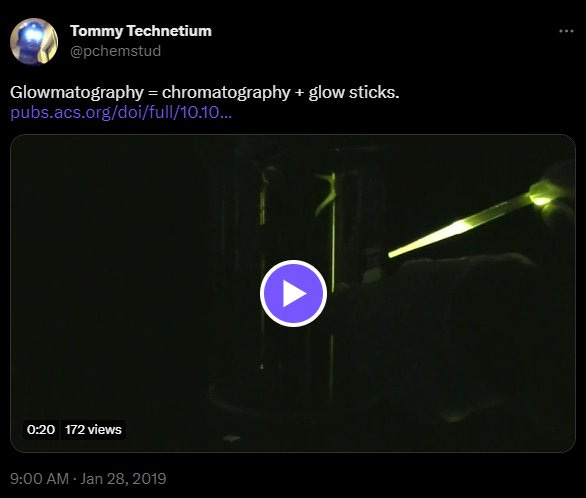Fireflies, Glowmatography, and Candy Bar Surgery
I was chatting with a family member about how summer would soon be here and they were nervous about the emergence of the cicada from their long rest. That conversation changed to fireflies.
Growing up in New Jersey, we called them lightning bugs and I was obsessed with them. They lit up the night, and catching them was a part of summer that extended the playtime well into the evening.
I remember a summer night when one of them got into my bedroom and I fell asleep watching it glow and fly around.
I now live on the west coast of the United States. Which people believe is devoid of fireflies. This isn’t true.
Where are Fireflies in the United States?
According to Marc Branham, a research associate at the National Museum of Natural History, “There’s kind of a firefly Continental Divide, and it has to do with flashing behavior among adults.” On the eastern side of the U.S. males will flash in flight, making them easy to spot. While on the West Coast, it is the females who flash, but mostly on the ground and not very brightly. So we humans have a hard time spotting them.
Fireflies and lightning bugs fall under a more common group of insects known as Glowworms. This group includes various groups of insects that glow through bioluminescence.
They are wonderful to behold, but what if none are native to your area? Well, then why not pick up your very own, Glo Worm?
Glow Little Glo Worm
Glow Worms are a brand of stuffed electric toys made by Playskool. Introduced in 1982, they consisted of a plush worm body in pajamas with a soft plastic vinyl head. When the body is squeezed it activates a light in the head that creates a soft glow.
It’s a great toy for kids who afraid of the dark who want a night light that they can control.
Glo Worm sold well enough that they expanded to include an entire toy line with accompanying videos and merchandise. They are still sold today, although the form factor has changed a great deal.
If you grow up in the Eighties or just love retro advertising, you might remember this commercial for Musical Glo Worm.
It’s an adorable ad with a cute jingle. Playskool managed to get the Musical Glo Worm on the market pretty quickly. This makes sense since Glow Worms and music have always gone well together.
Das Glühwürmchen
Das Glühwürmchen is a song from, German composer and theater conductor, Paul Lincke’s 1902 operetta Lysistrata. It is better known in the United States under its English translation as The Glow-Worm.
The song would be performed countless times before it was reinvented in the early 1950s by Johnny Mercer and performed by The Mills Brothers. Released as a recording in 1952 this version spent 21 weeks on the album charts, including 3 weeks in the #1 position. It is a delightful song that still holds up today.
Music is only one part of the Glo Worm magic. The other part is the glow.
Glow Sticks
The now common glow stick gets its glow from a chemical reaction that is referred to as chemiluminescence. The majority of patents related to what would be “glow stick” technology were granted in the 1970s. So it is not surprising that most people’s memories of these chemical light sources start in the 1980s.
Glow sticks have advantages over other light sources in that they do not require electricity or fire to start. They can even be used in water.
You will see these sticks in all shapes and sizes. While they are useful tools, they have also been used for entertainment. Their proliferation has even caused some to ask how they can be reused or recycled while others are using them to teach science.
Glowmatography
Glowmatography is a lab technique that can extract the dye present in glow sticks to demonstrate concepts like polarity, chemical kinetics, and chemiluminescence.
To conduct the experiment you will need a dark room, a container, some chalk, glow sticks, and isopropyl alcohol. You take some glowing fluid from the glow stick and add it to the chalk to create a band. You then place the chalk in the alcohol and allow it to travel up the chalk.
The alcohol will pull some dyes with it as it moves up the chalk, so when you view the chalk in a dark room, you should see a chalk chromatogram with a separation of colors.
Science is fun, but if taking glow stick dyes apart for science isn’t your thing, how about putting together candy bars?
Candy Bar Surgery
Have you ever broken some food and wished you had the skill to put it together? Or would, if you had the skills, become a mad scientist, mixing and matching foods in crazy and unnecessary combinations?
As you might guess, someone has already done this. He called himself, “The Food Surgeon” and he created dozens of videos where he did things like removing the peanut butter from a Reese’s Peanut Butter Cup and fill it with Oreo Cream.
My favorite is this one where he implants a Kit Kat into a 3 Musketeers bar.
Candy Bars are only some of what the Food Surgeon operates on, he also has worked on things like Strawberries, Avocados, and tomatoes.
Not a lot is known about this mysterious Surgeon, who was interviewed back in 2016. We know his name is Jeff and that he was in Seattle at the time of the interview. Beyond that, the identity of this mysterious figure is shrouded in mystery.




